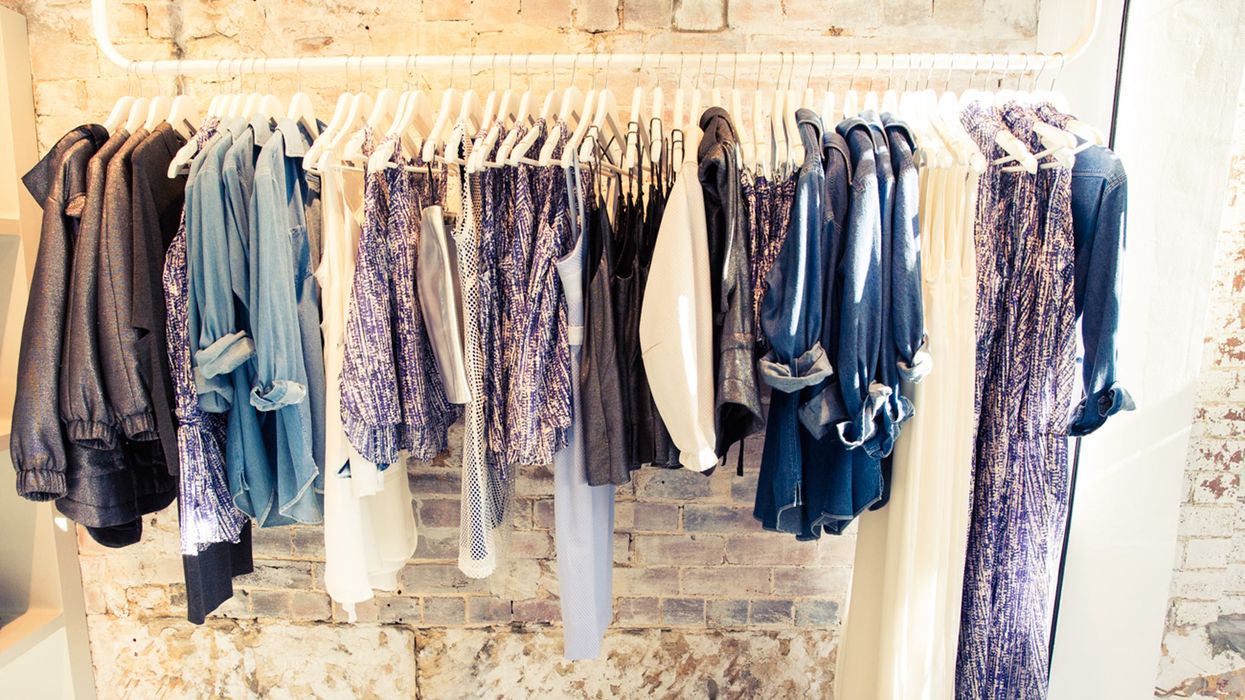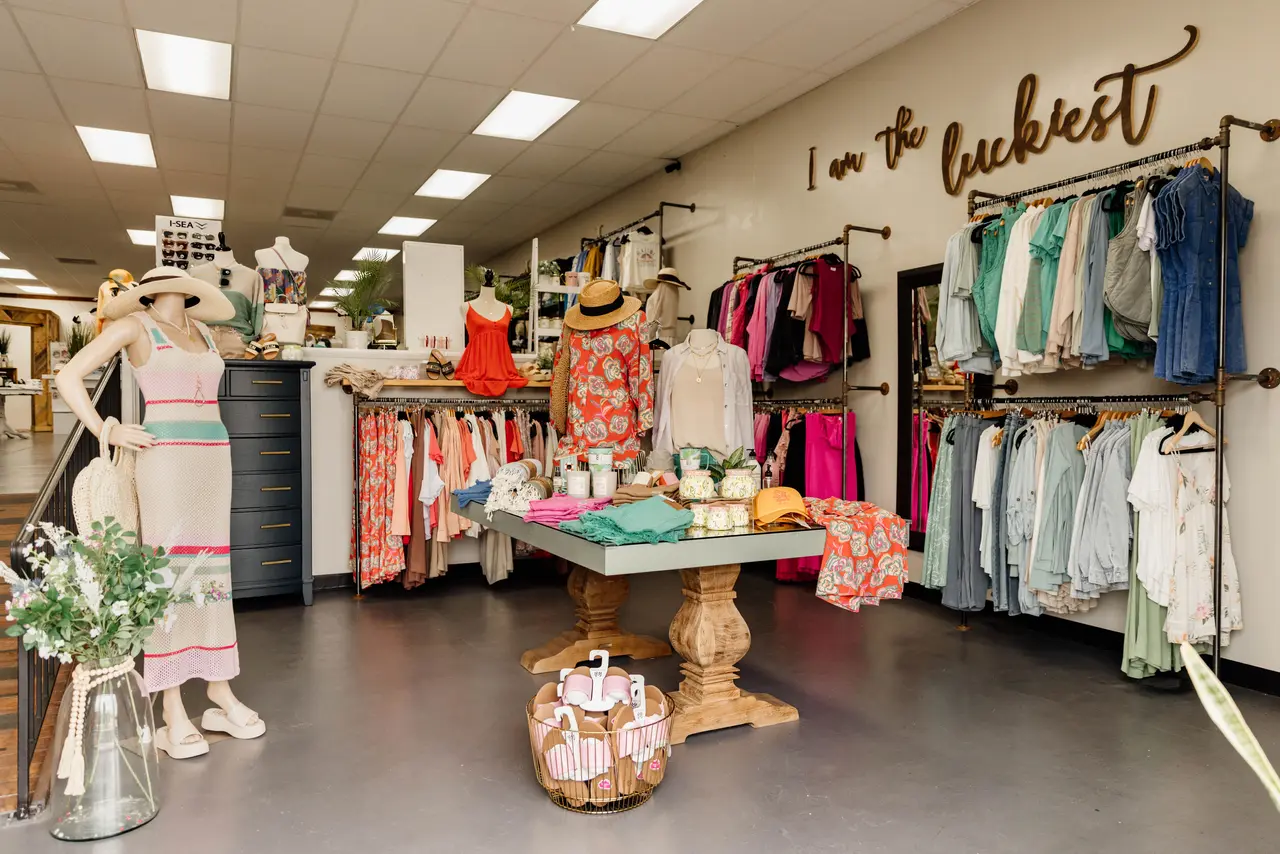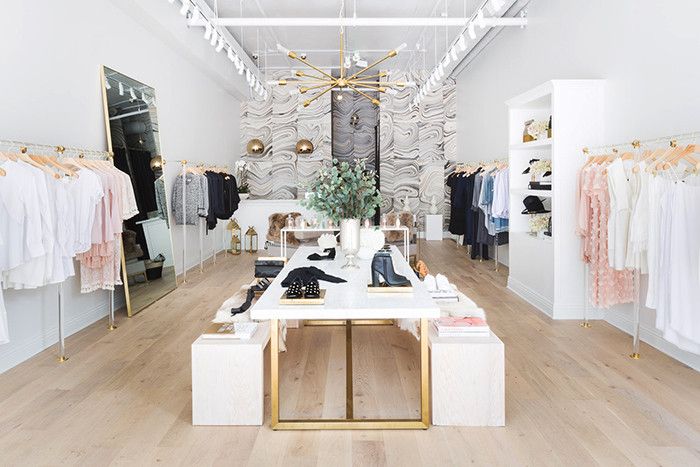Top 10 Must-Have Item from Your Fave Boutique Fashion Shops
Top 10 Must-Have Item from Your Fave Boutique Fashion Shops
Blog Article
A Deep Study the Globe of High-Fashion Runways: Comprehending Apparel as Art
High-fashion runways have become fields where garments transcends its practical beginnings, advancing right into a sophisticated form of artistic expression. Designers, just like masterful artists, weave elaborate narratives via fabric, kind, and color, testing typical standards and redefining elegance requirements. These programs are greater than simple screens; they are immersive experiences, where every stitch and seam tells a tale abundant with cultural significance and avant-garde innovation. As we explore these sartorial eyeglasses, we must contemplate: what function does fashion play fit social values, and how does it reflect the ever-changing tapestry of human feeling and identification?
The Development of Runway Shows
The trajectory of path shows has changed dramatically over the decades, advancing from special industry events to exciting spectacles that mix fashion with art. Generally, runway programs made love affairs, kept in ateliers or small locations, primarily gone to by customers and industry experts. These very early presentations concentrated on the garments' workmanship and commercial feasibility, offering a practical and direct display screen of seasonal collections.
As the fashion market broadened, the nature of path programs began to alter. The 1970s and 1980s marked a turning factor, with developers looking for to differentiate themselves with even more staged discussions.
In the last few years, modern technology and social networks have actually better revolutionized runway programs, making them accessible to a global target market. Livestreaming and electronic systems have actually equalized fashion, enabling enthusiasts worldwide to witness these events in real-time (boutique fashion). This evolution reflects a more comprehensive social change, where high-fashion paths serve as a dynamic junction of style, development, and performance
Designers as Visionary Artists
Just how have developers transcended their duties to come to be visionary musicians? Designers in the high-fashion sector have actually blurred the lines in between practical garment creation and the theoretical world of art. This change appears in the way they approach their collections, not just as clothes but as extensive expressions of feeling, culture, and identification. By accepting imaginative self-controls such as sculpture, painting, and avant-garde installations, developers craft garments that challenge standard fashion standards and elevate them to art kinds.
Visionary designers draw ideas from a myriad of sources, including abstract art, historic references, and personal stories. They have a distinct capacity to visualize and emerge concepts that press the boundaries of traditional style, typically redefining visual paradigms in the process. This imaginative ingenuity is showcased via remarkable shapes, cutting-edge materials, and elaborate workmanship, which welcome viewers to experience fashion as more than just wearable things.
In addition, the runway works as a canvas for these artists, where illumination, songs, and established layout coalesce to develop immersive experiences. These presentations are not simply screens of clothes however are coordinated efficiencies that stimulate feeling and prompt thought, attesting the designer's role as a true artist in the contemporary cultural landscape.
Cultural Influences in vogue
Social tapestry weaves its detailed patterns right into the material of fashion, affecting developers internationally. The dynamic interchange of cultural tales, customs, and signs informs and influences collections that elegance high-fashion runways.
The impact of culture on fashion is often seen in the reinterpretation of typical garments and patterns. The use of Japanese bathrobes, Indian saris, or African prints in contemporary style reflects a mix of social authenticity and modern-day aesthetic appeals. Developers such as Valentino's Pierpaolo Piccioli and Alexander McQueen's Sarah Burton have been recognized to incorporate abundant social motifs right into their couture collections, converting history right into wearable art.

Innovation in Fabric and Design
Development in fabric and design regularly reshapes the landscape of high-fashion, pushing boundaries and redefining possibilities. Over the last few years, technical innovations have actually dramatically added to this advancement, presenting materials that challenge traditional assumptions. Textiles ingrained with clever fibers, efficient in altering color or regulating temperature level, are no much longer constrained to the world of science fiction. Developers are significantly discovering the combination of innovation, such as 3D printing, which enables for the creation of intricate frameworks that were previously unimaginable.
Moreover, sustainability has actually become a crucial style in fabric advancement. The garment industry is seeing a rise in using eco-friendly products, Visit Website originated from recycled plastics, natural fibers, and also naturally degradable components. These advancements not only offer brand-new structures and aesthetics yet also go to my blog address important environmental worries. Designers are accepting these products to craft garments that are both visually striking and mindful of their environmental impact.
In terms of style, progressive shapes and speculative forms are continually revolutionizing the runway. By including cutting-edge techniques and non-traditional materials, designers cultivate garments that blur the line between fashion and art, setting new requirements for creative thinking and expression in the high-fashion round.
Influence of Style on Culture
Fashion possesses a profound influence on culture, serving as both a representation of social identity and a stimulant for social adjustment (boutique fashion). Through its evolution, style has mirrored social shifts, encapsulating the zeitgeist of numerous eras.
Moreover, style has the power to bridge cultural voids, promoting understanding and appreciation among diverse teams. As globalisation accelerates, the cross-cultural exchange of style ideas comes to be progressively significant, advertising inclusivity and diversity. The increase of streetwear, originating from metropolitan subcultures, illustrates exactly how fashion can go beyond socio-economic boundaries, approving individuals a way of self-expression and empowerment.
In significance, fashion is not simply concerning looks; it is a dynamic force that influences values, attitudes, and social development (boutique fashion). By continuously engaging with social and cultural currents, style remains an indispensable part of the collective human experience

Verdict
Designers, comparable to visionary musicians, manage collections that show identity, feeling, and social narratives, challenging traditional visual appeals. This intersection of style and artistry not just captivates audiences globally however likewise influences social understandings and promotes a much deeper gratitude for cultural variety.

Cultural tapestry weaves its complex patterns right into the fabric of fashion, influencing developers globally.Fashion wields an extensive impact on culture, serving as both a reflection of social identification and a stimulant for social change.
Report this page